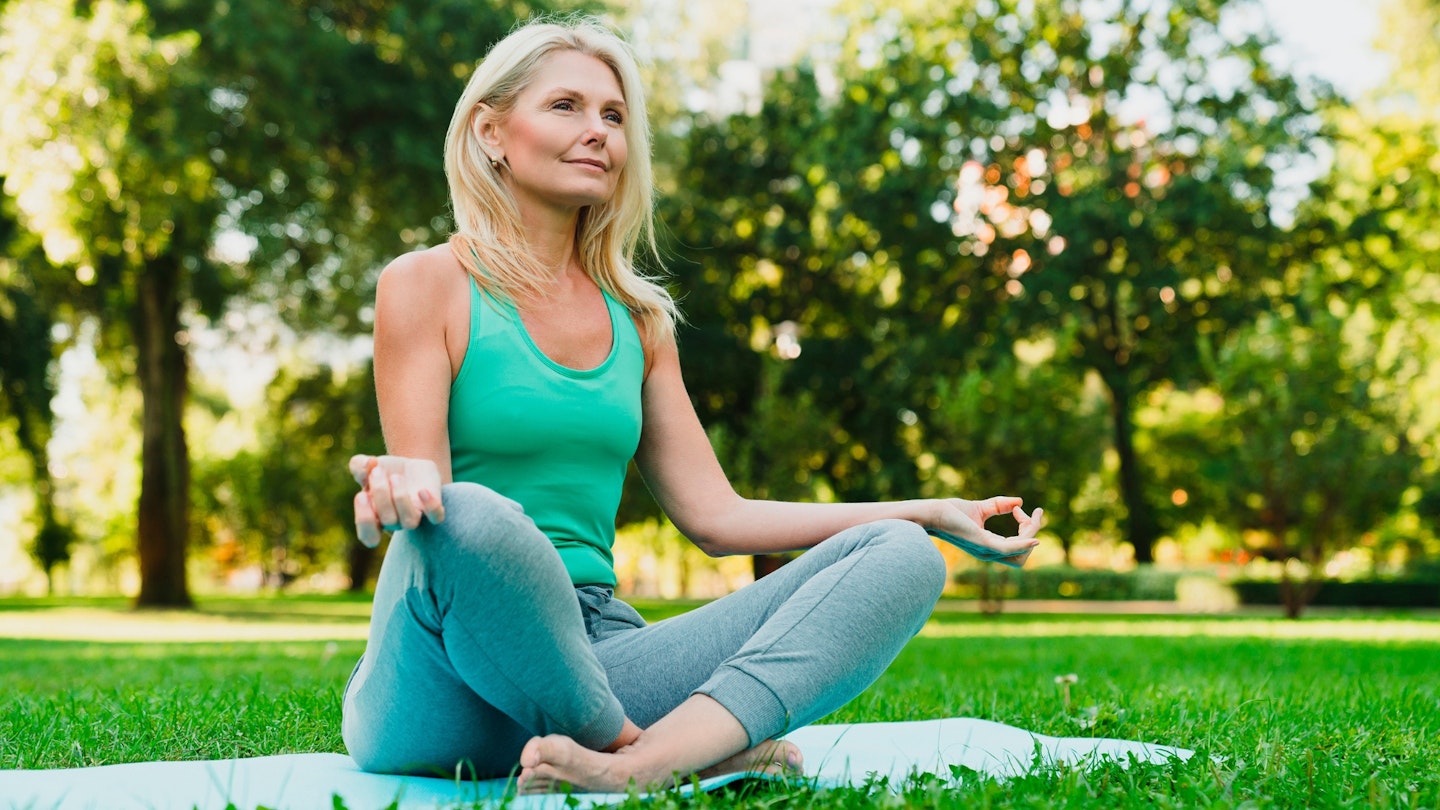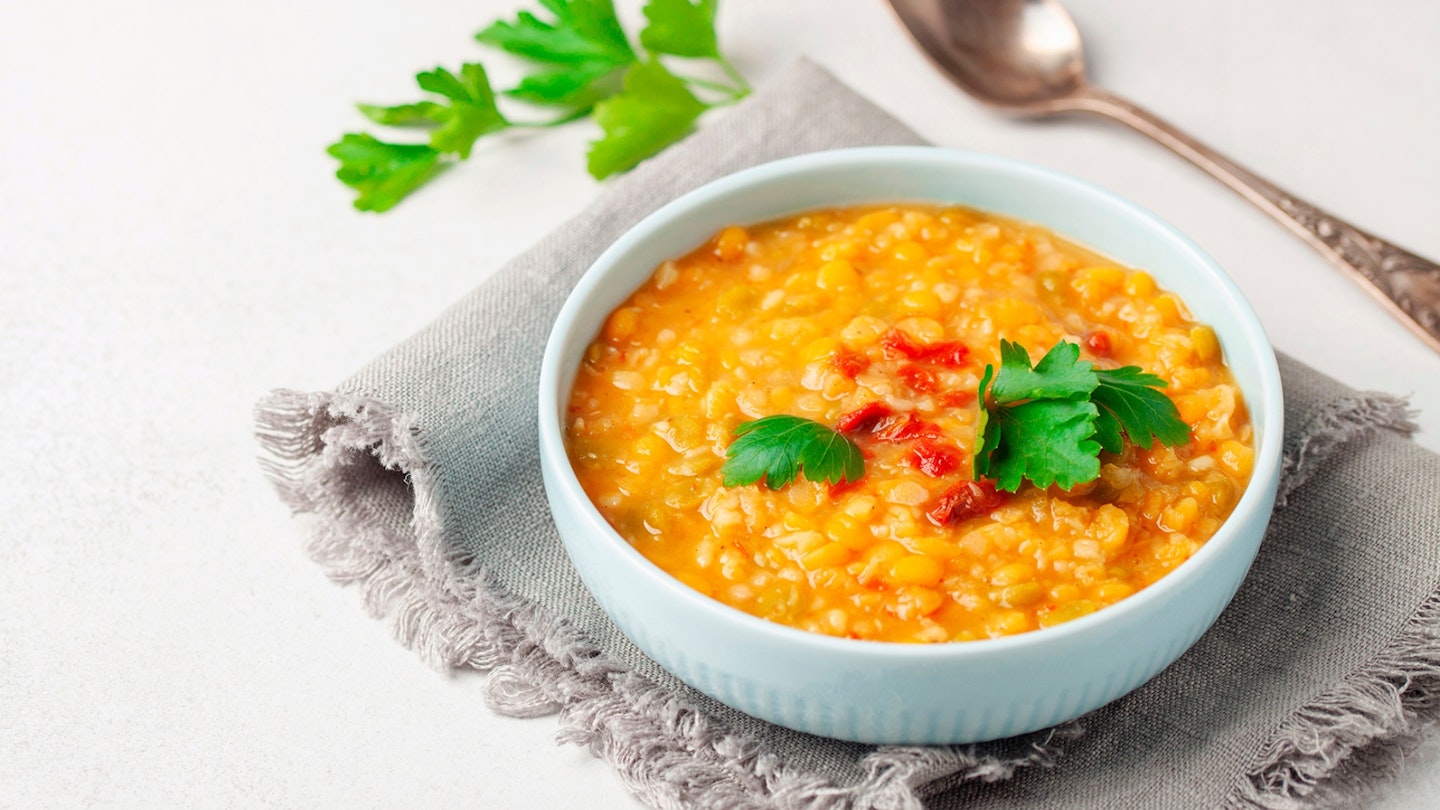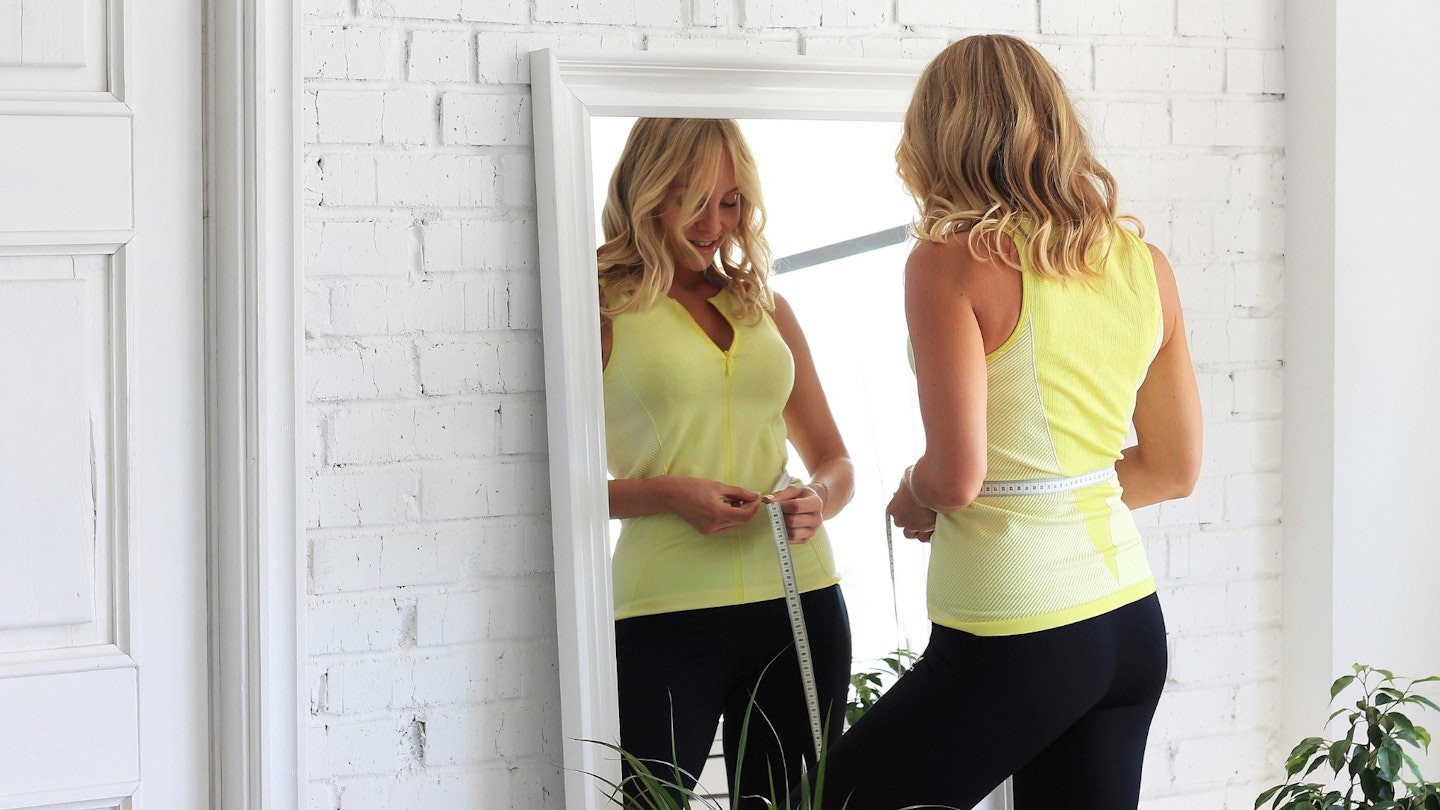Wondering how to get a slimmer waist as you get older? You’re not alone; ask a room full of women which body part they’re least keen on and the stomach is likely to right up there, Aesthetics aside, the health implications of excess belly fat, known as visceral fat, are more serious – it contributes to an increased risk of cardiovascular disease, high blood pressure, stroke and Type 2 diabetes. You may have noticed that your belly fat has increased as you’ve got older. Through and after the menopause, many women experience weight gain around the abdomen. But while it can be harder to shift at our age, there are plenty of easy and achievable ways we can trim our middles and set up a healthier and happier future.
There’s no one singular cause of the midlife spread. Diet obviously counts, and we can become less active than we used to be. Lifestyle aside, there are natural ageing processes, like a decrease in lean muscle mass. “Our lean muscle is metabolically active, so if you've got naturally less lean muscle, your metabolism will start slowing down a bit,” says personal trainer Anna Black.
Hormones also play a large part, as well as stress. “From our mid-30s our hormones start to decline, but they don't all decline at the same speed,” says Anna. “This can put our body into stress mode, but it doesn’t recognise different types of stress. It only recognises stress, so it doesn’t realise we’re not running away from that tiger. It gets us ready to run away from that tiger, but when we don’t, our body can store that excess energy as fat around our middle. So, when it comes to losing fat around that area, we’ve got to think about how we manage our stress. Breathwork, meditation and journaling are all good ways of stress management, as well as making sure we’re getting enough good quality sleep.”
Oestrogen helps to control the glucose (blood sugar) in our bodies and declining levels during the menopause can have unwelcome side effects. “Your body finds it much more difficult to take sugar out of your blood and put it into your muscles,” says Anna. “Your body needs to use more insulin to try to get that sugar out and then it becomes more resistant, which can be linked to Type 2 diabetes. It's really important to start to think of living in a way that's going to support your body, whether that’s keeping yourself strong, managing your stress, or looking at what you eat to reduce that amount of fat storage around your middle.”

Move to trim your middle
“Movement is key when it comes to reducing belly fat,” says Anna. “Done on a consistent basis, it can be quite transformative.” This doesn’t mean taking up a punishing exercise routine, but moving more efficiently. “Carry on with the exercise that you enjoy, but try to add in some resistance training and get breathless,” says Anna.
“If you love walks with a friend, include some short intervals of walking faster. Try five minutes of normal walking speed as a warm up, then 10 seconds where you’re walking relatively fast and feel a bit breathless and find it difficult to chat, then have 20 seconds rest followed by another 10 seconds walking faster. Start with 2-3 sets and gradually work up to 10 sets. Start where you are and know your own body.”
Mobility exercises like gentle Pilates and yoga are good for core strength and overall posture, but for a leaner body mass include strength work. This could be bodyweight exercises at home. “You could do a plank against the wall, and then gradually lower the level and do a plank on the kitchen worktop,” says Anna. “Getting your form right at the start is key, so ideally get checked out by a personal trainer or qualified health professional.”
Nail your nutrition
Much like other parts in our lives, we need to update our diets over time to give us what we need. “Your younger self may have felt fine on toast or a bowl of cereal and skimmed milk for breakfast and a sandwich at lunch time but from your 40s and beyond, these can send your blood sugar levels on a bit of a rollercoaster,” says Genevieve Hallam, a Certified Nutrition Coach.
“The extra glucose circulating in your blood either has to be used by your body for immediate energy, meaning that any dietary fat you have eaten gets stored as body fat rather than being used for energy, or the glucose itself goes into fat storage to get it out of your bloodstream.”
Instead: “Aim to eat more wholefoods (grains, pulses, legumes, nuts, seeds, fruit, vegetables, fish, lean meat) and to combine your intake of carbohydrates with some healthy fats and/or protein to slow down the release of glucose into your bloodstream.”

Waist heroes
Genevieve’s recommendations for whittling your waist, including healthy lunch, dinner, snack and breakfast ideas:
Breakfast:
Porridge (Irish/steel-cut/pin-head oats are excellent for slow release), with some Greek yogurt stirred through and a topping of berries for antioxidants.
A mid-morning snack:
Trail mix (a pinch each of nuts, seeds, dried fruit and a square of 70 per cent plus cocoa dark chocolate.
Lunch/dinner:
A salad of dark leafy greens with a variety of other vegetables/salad, a cupped handful of cooked whole grains (e.g. quinoa, freekeh, bulgur wheat, wholegrain or wild rice) and 1-2 palm sized portions of lean protein. Soups made with pulses/legumes are another source of protein and dahls are excellent choices.
What’s my healthy waist size?
Guidelines from NICE (the National Institute for Health and Care Excellence) suggests that your waist size should be kept below half that of your height to reduce the health risks that come with carrying extra weight. NICE encourages those with a BMI of less than 35 to measure their waistlines to ensure they meet the target: for example, the average height for a woman in the UK is five foot 3, or 63 inches, so an ideal waistline would be less than 31.5 inches.

How can losing belly fat help me?
Regardless of your overall weight, having a large amount of belly fat increases your risk of disease, while being overweight in general can lead to health implications. By following a sensible weight management plan, being active and making mindful lifestyle and nutrition choices, you can reap the benefits, including:
-
Lower risk of Type 2 diabetes
-
Better cardiovascular health
-
Lower risk of liver disease
-
Improved cognitive function/less risk of dementia and Alzheimer’s
-
Reduced blood pressure and blood cholesterol levels
-
Less back pain and chance of injury
-
More oxygen efficiency and better cell function
-
More energy
-
Improved sleep
-
Better mental health
Consult your GP before taking any new supplements or embarking on a new exercise plan.
Meet the experts
Anna Black, is a personal trainer and founder of 40s Woman & Beyond.
Genevieve Hallam is a certified Nutrition Coach specialising in empowering midlife women.
Jo Carnegie is a seasoned journalist and author with over 25 years of experience in the wellness and lifestyle sectors. Formerly the Deputy Editor of Heat magazine, she is renowned for her insightful celebrity interviews. Jo has published nine women's fiction books and is also an accomplished ghostwriter.
